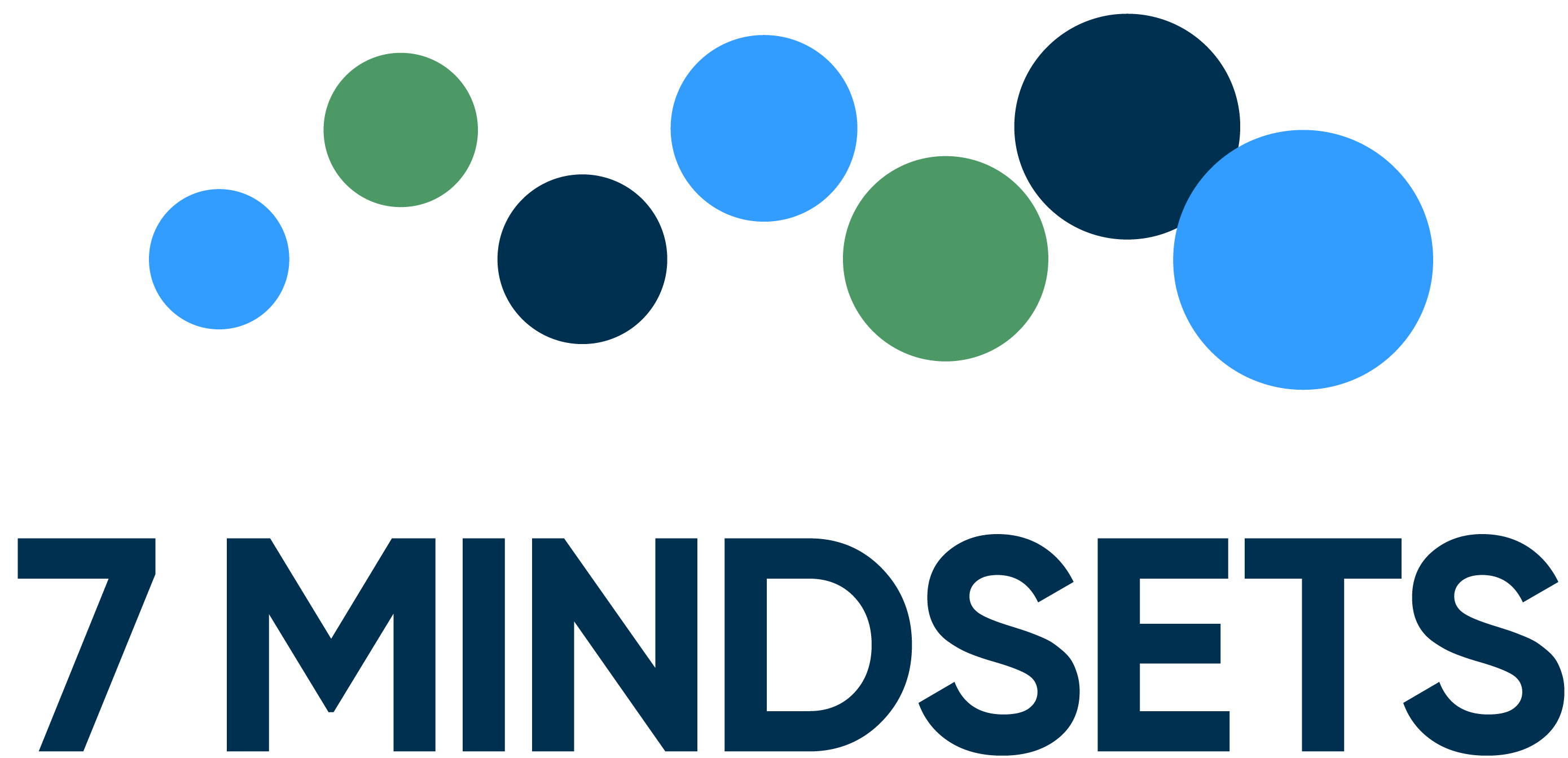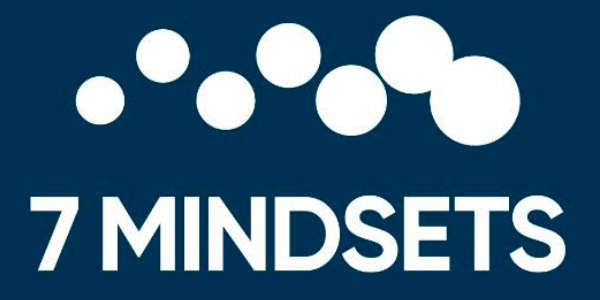Being a bit of an introvert, one challenge for me has often been assertiveness. Not providing my input and worrying too much about rocking the boat has been a limiting force that has caused me to disengage from critical moments (not good).
I believe disengagement is a problem for all of us to some extent. We’re sitting on this incredible opportunity called life, and the great challenge for us is to lean into it, to get a little uncomfortable and start doing the things of which we’re capable. If we don’t, all that will be left is regret.
With the help of others, I have found the antidote to disengagement: connection. The moment we connect with another individual in a meaningful way, we become far more engaged in life. We become mindful and present, as well as more likable and powerful.
According to a National Research Council report on motivation, 40% of high school students are chronically disengaged at school. To make matters worse, smart phones and technology are creating a greater chasm that gets in the way of what students really need – meaningful human interaction.
I believe the solution to this epidemic is building a sense of community or connection in your classroom and school. It should be a primary objective of every teacher and administrator. This single effort will increase student performance, improve behavior and have a positive impact on social and emotional issues such as bullying, anxiety and depression.
Here are 7 student engagement strategies to enhance learning and boost meaningful involvement in the classroom:
1 – Setting Ground Rules
To create community and connection in a classroom, it must be a safe place for students to share. Nothing is more damaging to open honest discussion than a hurtful comment at the wrong time.
Something I have seen great teachers (and great leaders, for that matter) do is collaborate early with their students and build consensus on how they all want to treat each other.
These teachers gather the students and share that they want their class to be a powerful and positive experience for all, which means the need to create some rules around how they’ll all interact and treat each other. The teacher then asks the students to define the rules.
For those of you who have done this, you know it is very impressive to hear the rules the class comes up with. They are very likely similar to the exact rules you would define; however, because they are defined by the students, they themselves help to enforce the rules and hold one another accountable.
2 – Journaling
If you have ever heard or read the story of the Freedom Writers, you know of Erin Gruwell’s success in transforming her classroom by letting students tell their stories. It all started with providing her students the opportunity to capture their thoughts and feelings in personal journals.
By empowering her students through their own stories, she was able to create conversations to build common understanding, which became the foundation for connection and transformation. Using journals, Erin Gruwell was able to engage extremely at-risk youth and get extraordinary results in the classroom.
Journaling has the proven benefits of reducing anxiety, decreasing stress and helping with depression and even mental disease. It helps us develop self-awareness and better manage conflict and adversity in our lives. Moreover, this reflective time is great for student motivation and increases their ability to stay committed to dreams and goals in life.
3 – Let Students Lead
There are very few things that make the average person feel more vulnerable than speaking in public, particularly in front of their peers. Vulnerability allows students to open up, and my experience is that presentation exercises are a great facilitator of connection, kindness and support within a classroom, as well as an opportunity for students to truly support one another.
There is also no better way to engage students than to take them out of the passive listening mode and put them in the active mode of presenting or participating in small group discussions. This might be a better option for the more reserved students that are terrified of speaking to the entire class. Either way, the more you get your students presenting and sharing, the more connections that will be made, and the greater the sense of community that will be built.
4 – Icebreakers
Well thought-out and appropriately timed icebreakers (simple, short interactive activities) are another great tool for connecting students in the classroom. These are designed to get students moving and interacting with each other in fun and engaging ways. And, just as it is with presentations, icebreakers make us a little vulnerable. As Brené Brown perfectly puts it, “When we are vulnerable, we are beautiful.”
Icebreakers not only create energy, they also allow your students to see the better and more positive parts of the other students in the classroom. This new perspective can be the foundation for connection that’s so critical to engaging them.
5 – Social and Emotional Learning Curriculum
There is an emerging category of curriculum designed around developing the non-cognitive skills of our students. One term used for this is social-and-emotional learning (SEL), which is starting to demonstrate profound impact in classrooms around the country. These programs are reducing anxiety, improving behavior, decreasing bullying and developing greater resilience and grit in students.
An essential component of a good SEL program is the facilitating of critical discussions. In these sessions, students share their goals, dreams and passions, and talk about their struggles and challenges with the relationships in their lives.
I’m telling you, I have seen this hundreds of times firsthand. When these programs are executed correctly, they create an incredible bond between students. They build a better understanding of each other in realizing that they’re not that different, and they come to find a strong common ground.
6 – Get Outside
I once read a wonderful book titled The Last Child in the Woods by Richard Louv. In the book, he chronicles a staggering separation between children and the outdoors, then connects this with many of the alarming trends in our children such as obesity, anxiety and depression.
It is essential for us to be outside. For me, it makes me feel small (in a good way) and puts things in perspective. For students, it might just be a breath of fresh air or being removed from the very environment that causes so much stress and anxiety in their lives.
If nothing else, it gets them away from technology and the wires that are binding and disconnecting this generation. It creates a new energy in your classroom, new opportunities to have important conversations and builds relationships between yourself and your students (as well as between the students themselves).
7 – Perform a Class Service Project
Every year at our summer event, we have the students perform a service project. It is always the highlight of our week, and a time when the students really come together. There is just something powerful about helping another human being, and knowing you have the ability within yourself to make a difference.
The most powerful part of the service project is the debrief, in which the students talk about their experiences. These discussions really allow them to shine and bring out the best in them in front of their peers.
Mobilizing your class around a team-based project of any kind can be powerful, but doing something that exposes them to the needs of others is the most transformative experience of all. It’s an amazing way to foster relationships and connections in the classroom.
Charles Shultz one said, “In life, it is not where you go, it is who you travel with.” I believe when all is said and done and we look back, it will be the relationships we had and the connections we made that mean the most to us. There is nothing more energizing than a meaningful and positive exchange with another human being. If we can foster an environment of community and trust within our classrooms, we can find that energy and infuse it into our students so they can fulfill their potential and maximize their positive impact on the world.




